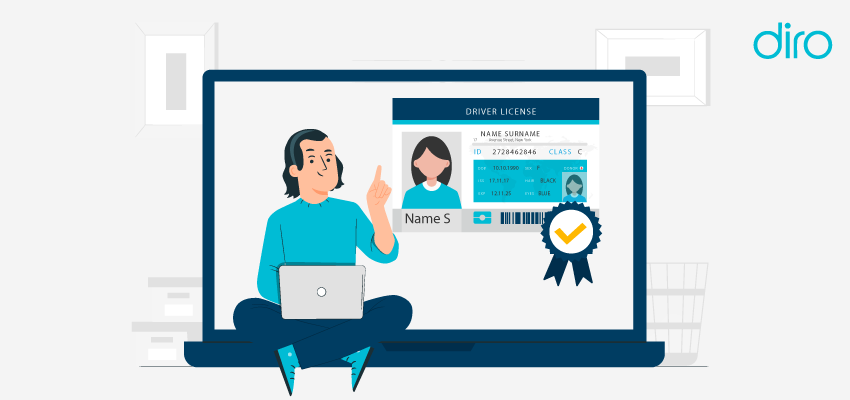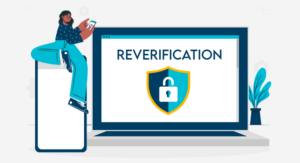Common Challenges with Video Chat Identity Verification

Video chat identity verification has become an increasingly popular method for online identity verification. Businesses from all over the world use video calls to verify the identities of consumers before onboarding them.
Video chat ID verification is a convenient way to confirm someone’s identity by comparing their face to a government ID. But while it has advantages, this method also faces some significant challenges.
In this guide, I’ll be walking you through all the said challenges of video chat identity verification.
What is Video Chat ID Verification?
Video chat identity verification as the name suggests is verifying identities via video. Before you can sign up and use a platform, companies may require users to verify their identities on a video chat.
Generally, the process goes something like this. You’re required to get on a chat with an ID verification agent and present your identity documents. Once verified, you’ll be allowed to use the platform unless there are any other steps in the onboarding process.
Challenges with Video Chat Identity Verification
Here are all the challenges businesses face when it comes to video chat verification.
- Finding a Balance Between Security and Convenience
As mentioned above, verifying identities via video chat is super convenient for businesses that want to verify identities across the globe.
Unfortunately, this process can sometimes lead to poor customer experience during customer onboarding. Too lax verification processes can be easily spoofed by fraudsters using deepfakes or stolen IDs. Conversely, overly stringent procedures with excessive questioning or document checks can frustrate legitimate users and lead to drop-off during onboarding.
- Technological Limitations
Another challenge with the video chat identity verification process is that it comes with a range of technological limitations. While convenient, video chat isn’t sophisticated enough to fight off fraudulent attacks.
Video chats themselves have limitations. Poor lighting, camera quality, and even user posture can affect the accuracy of facial recognition software. Liveness checks, which aim to ensure a real person is behind the camera, can also be bypassed by sophisticated techniques. Ultimately making video chat ID verification a poor method for verifying & onboarding consumers.
- Data Privacy Concerns
Verifying identities on video chat also raises concerns about how data is handled. Collecting and storing personal information like government IDs raises data privacy concerns. Businesses need to comply with regulations like GDPR and CCPA dictate how this data is handled. Not only that, companies also need to comply with regulations while maintaining effective verification measures.
- Global Consistency
The effectiveness of video chat verification can vary depending on the region. Government-issued IDs differ significantly across countries, and some areas may lack reliable databases to verify the information presented. Just having a customer hold up their identity document on the video chat isn’t enough for onboarding them.
Moving Forward: Secure and Seamless Verification
Despite these challenges, video chat verification can still be a valuable tool. Here are some ways to improve its effectiveness:
- Leveraging AI: Advanced facial recognition algorithms with liveness detection can improve accuracy and reduce fraud.
- Multi-factor Authentication: Combining video chat with document verification and knowledge-based authentication strengthens the process.
- Prioritizing User Experience: A streamlined and intuitive verification flow with clear instructions creates a positive user experience.
- Transparency and Compliance: Clear communication regarding data collection and usage builds trust and adheres to data privacy regulations.
Summing Up
Video chat identity verification is super convenient for businesses that are spread globally. However, with the convenience, comes the challenges. By acknowledging the limitations and implementing best practices, video chat verification can evolve into a more secure and user-friendly solution for online identity proofing.












